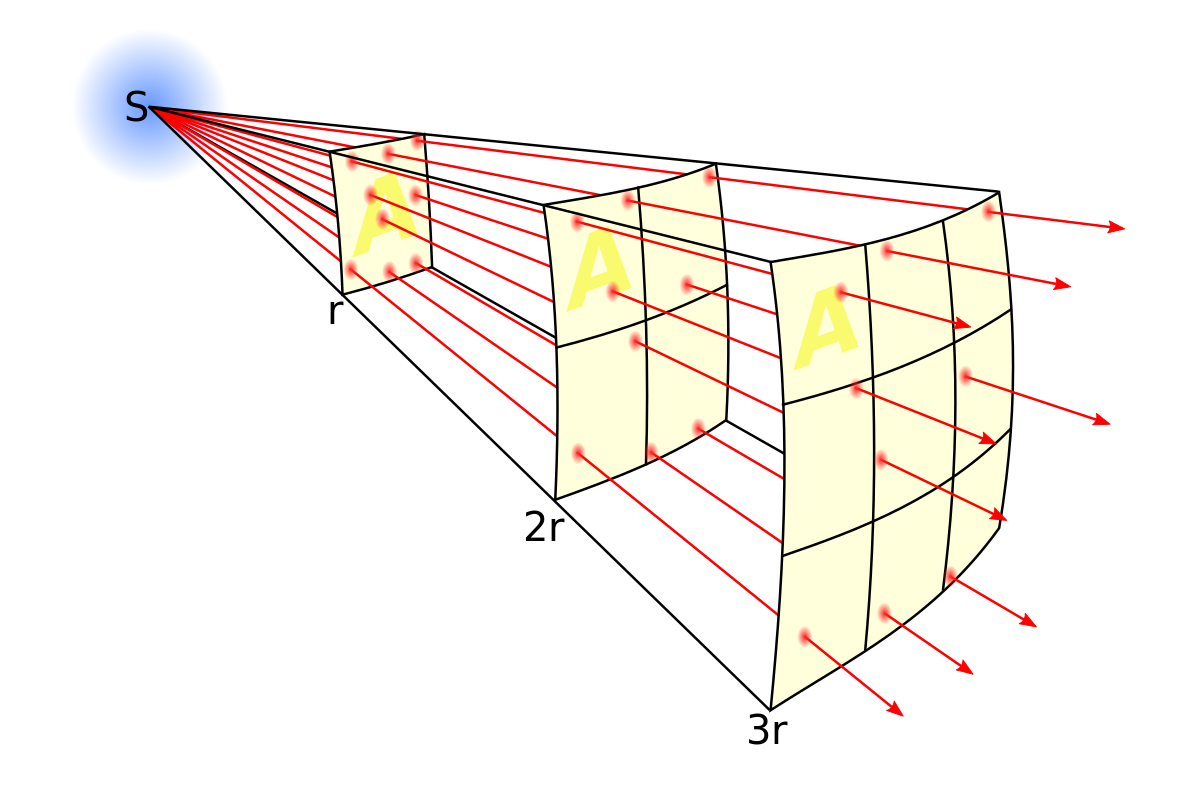I am searching for a simple explanation of range vs power levels - not finding any simple info
There is far more to this than what you imply, particularly from your previous post. In simple terms, consider that a typical handheld satellite telephone has a maximum power level of 400mW to communicate with a satellite that is about 900 miles out in space. There is nothing to inhibit it except for free space loss and atmospheric particulate matter (mostly water vapor).
Also be careful of your sources, for example the one lists a level of -110dBm as an absence of signal. In reality in a sterile environment a level of -110dBm can produce DAQ 3.4 results in P25.
To understand tropospheric propagation (ducting and scatter) imagine that you have an air conditioner duct that is built using mirrors. You shine a light in one end and get almost as bright of a light out the other. That is ducting. For scatter imagine that you cover your ceiling in tin foil and then shine a light up on it and it reflects back illuminating the room.
I can tell you that during periods of tropospheric propagation that Worcester Countys EDACS system has been received on scanners in Massachusetts and last year the P25 system was received on a G5 pager in the outer banks. I can also tell you that there isnt a single available frequency that is 100% clear when received in Worceater County with regular reception of mobile and portable radios from hundreds of miles away at times.
When the troposphere is at its peak activity TV and FM broadcast signals are k own to travel 2000 miles or more. Last summer people in NY and PA were able to receive an FM station from St Louis on car stereos.




